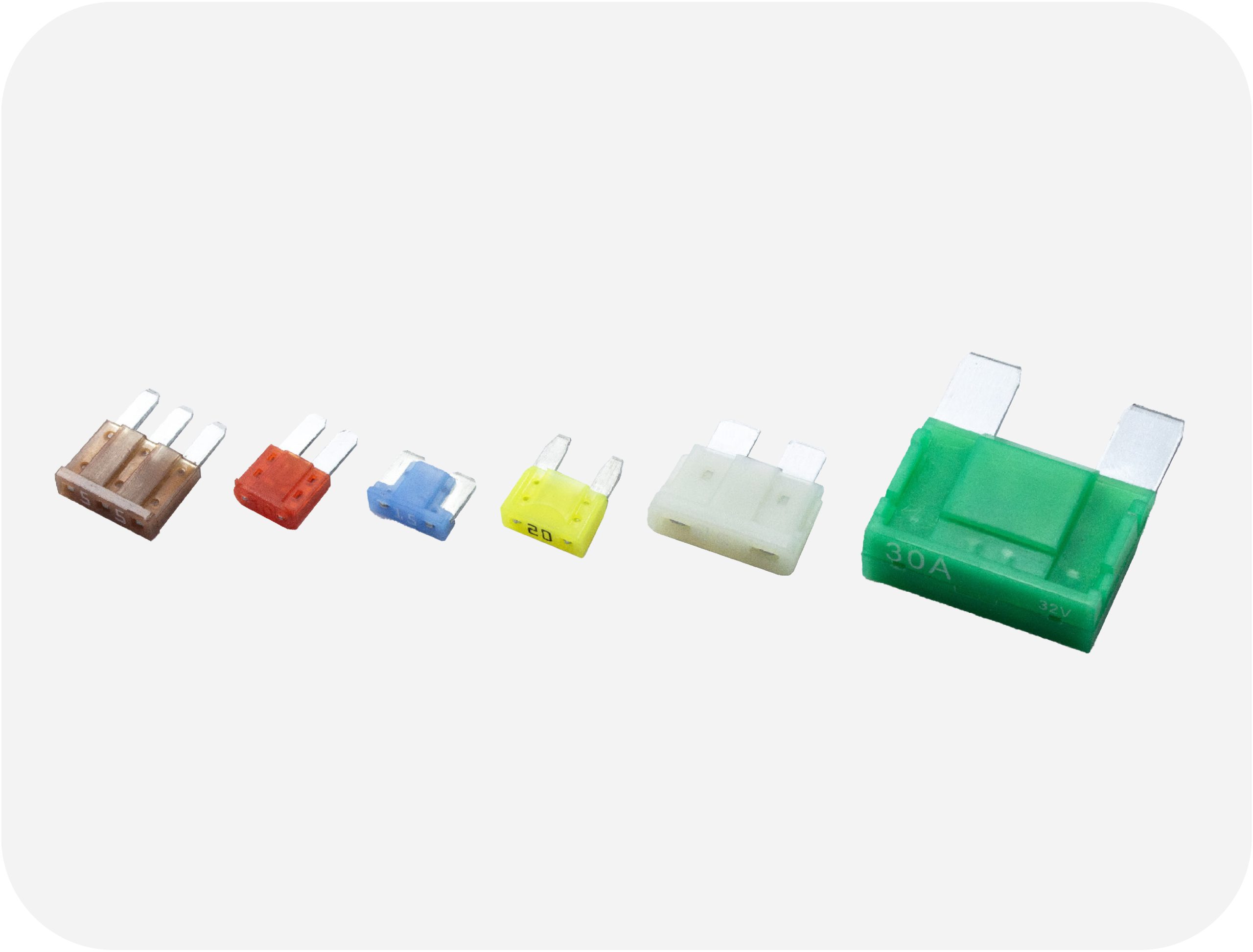How a Fuse Works: Understanding Its Essential Role in Electrical Safety

In the world of electrical systems, fuses play a crucial role in protecting circuits from damage caused by overloads or short circuits. While fuses may seem like small and simple components, they serve a vital function in ensuring the safety and longevity of electrical devices and systems. But how does a fuse work, and why is it so crucial for the safety of electrical systems?
What is a Fuse?
A fuse is an electrical device used to protect circuits from overloads or short circuits. It consists of a metal wire or filament that is specifically designed to melt when it reaches a certain temperature caused by excessive electrical heat.
When the fuse melts, it breaks the circuit, stopping the flow of electricity and preventing damage to the system.
How Does a Fuse Work?
At its core, a fuse works based on a simple principle: it melts when exposed to excessive electrical current. Here’s how the process unfolds:
1. Normal Current Flow
Under standard operating conditions, a fuse allows electricity to flow freely through the circuit. The fuse’s metal link doesn’t heat up because the current is within the safe limits of the circuit.
2. Excessive Current
If there is an overcurrent (too much current) or a short circuit (where a low-resistance path causes a surge of current), the flow of electricity increases dramatically. This excess current causes the fuse to heat up due to the higher electrical load.
3. Melting the Fuse Link
The metal link inside the fuse is designed to melt when it reaches a certain temperature. This temperature is directly related to the amount of electrical current passing through the fuse. If the current exceeds the fuse’s rated capacity, the heat causes the metal link to melt, breaking the electrical connection.
4. Breaking the Circuit
Once the fuse melts, it creates an open circuit, which interrupts the flow of electricity. This quick action prevents further damage to the circuit or devices and helps protect the electrical components from overheating, fire, or destruction.
How to Select the Right Fuse for Your Circuit
If you want to know how to select the right fuse for your specific needs, see our Fuse Selection Guide for complete context. Choosing the correct fuse is essential to ensuring the safety of your electrical system. The right fuse will prevent overloads and short circuits, keeping your electrical components safe and reducing the risk of damage or fire.
Conclusion
A fuse is a simple yet incredibly effective device designed to protect electrical systems from overcurrents that can lead to dangerous situations, such as fires or equipment damage. It acts as a protective barrier, melting and breaking the circuit when excessive current is detected. Whether used in automotive systems, marine applications, or industrial machineryfuses like OptiFuse blade, glass and ceramic, and bolt-on types are a cost-effective and reliable solution for overcurrent protection.
Samuel Kenny, Product Manager at OptiFuse, leads the development of advanced circuit protection products for automotive, marine, and industrial sectors. He designs custom solutions and shares expert fuse selection tips on the OptiFuse Blog.